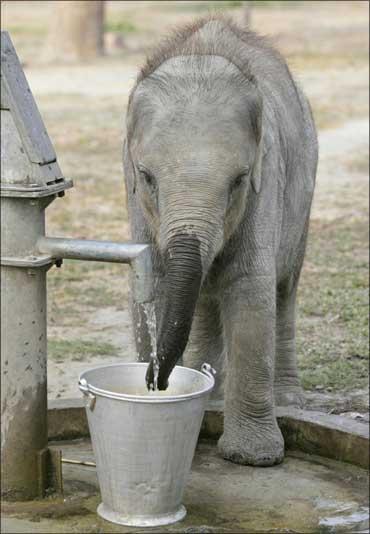
Water will turn out to be the world's most precious resource soon. Half of the world's population will face acute water shortage by 2030. In the next two decades, all the major Indian cities will run dry, says a World Bank report.
Of the 27 Asian cities with population of over 10 lakh (1 million), Chennai and Delhi have been ranked as the worst performing metropolitan cities in terms of water availability per day, while Mumbai is the second worst performer, and Kolkata the fourth worst.
The statistics on water shortage are alarming. By 2050, there will be 2.5 billion more people on the planet and a good majority will be born in nations already facing a terrible water shortage.
Water shortage has already led to a growing number of conflicts across the country, with 90 per cent of India's territory served by inter-state rivers.
India's supply of water is rapidly dwindling primarily due to mismanagement of water resources, although over-pumping and pollution are also significant contributors.
In India, there are numerous expert government committees to look at water supplies and management, yet there has been no progress. The situation is just getting worse. Experts say water should be priced higher just like electricity for people to use it more judiciously.
...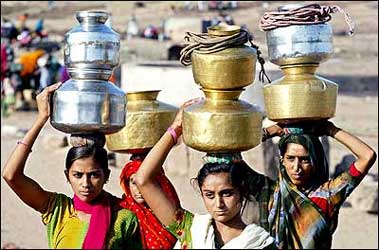
Climate change is expected to worsen the situation by causing erratic and unpredictable weather, which could drastically diminish the supply of water coming from rainfall and glaciers.
By 2025, India, China and select countries in Europe and Africa will face water scarcity if adequate and sustainable water management initiatives are not implemented, and an estimated 3 billion people will be living below the water stress threshold, says a study by Grail Research.
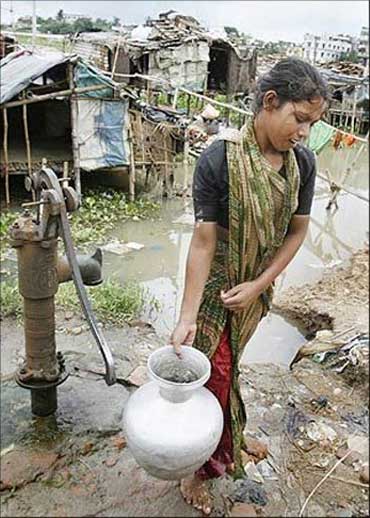
Although low and middle income developing countries currently have low per capita water consumption, rapid growth in population and inefficient use of water across sectors is expected to lead to a water shortage in the future, states the Grail Research study.
Developed countries will need to focus on reducing consumption through better management and practices.
By 2050, per capita water availability in India is expected to drop by about 44 per cent due to growing populations and higher demand, as well as higher pollution levels.
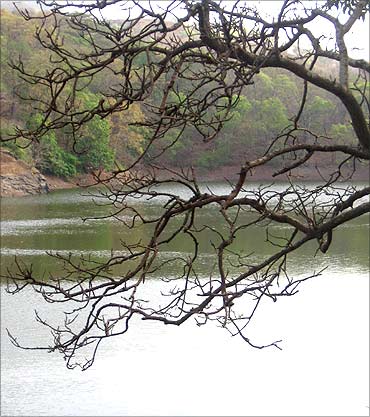
Global freshwater reserves are rapidly depleting and this is expected to significantly impact the most populated areas of the world.
Low to middle income developing regions as well as highly developed countries will face water stress in the future, unless existing water reserves are managed effectively.
Although low and middle income developing countries currently have low per capita water consumption, rapid growth in population and inefficient use of water across sectors is expected to lead to a water shortage in the future
Developed countries traditionally have high per capita water consumption and need to focus on reducing their consumption through improved water management techniques and practices.
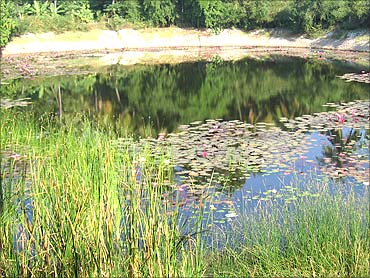
India has been blessed with large freshwater reserves, but the increasing population and overexploitation of surface and groundwater over the past few decades has resulted in water scarcity in some regions, states the Grail Research study.
The growth of the Indian economy is driving increased water usage across sectors. Wastewater is increasing significantly and in the absence of proper measures for treatment and management, the existing freshwater reserves are being polluted.
Increased urbanisation is driving an increase in per capita water consumption in towns and cities. Urbanization is also driving a change in consumption patterns and increased demand for water-intensive agricultural crops and industrial products.
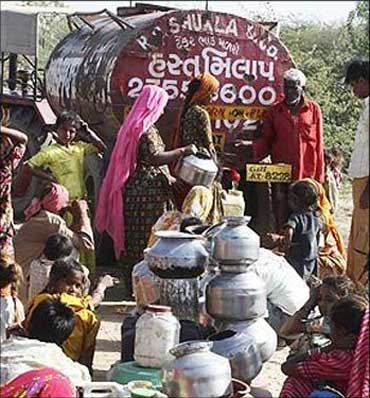
Water.org, an NGO gives some terrifying water facts (globally):
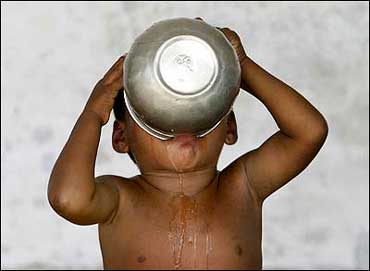
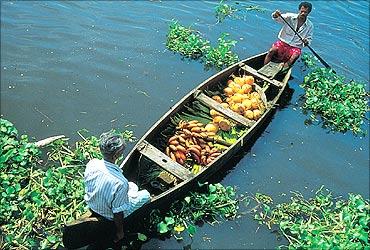
A few causes
This crisis is not just the disturbance in the demand and supply curve but is also about mismanagement of water resources.
India's water crisis is a man-made problem. One of the major problems is water pollution.
New Delhi alone produces 3.6 million cubic meters of sewage every day, but because of poor managementm less than half is effectively treated. The remaining untreated waste is dumped into the Yamuna River.
Thus a combination of sewage disposal, industrial effluents, and chemicals from farm runoffs, arsenic and fluoride has rendered India's rivers unfit for drinking, irrigation, and even industrial purposes.
Also, the over-usage of ground water due to the unavailability of sufficient water for irrigation has led to a tremendous decrease in the level of ground water.
Also, because of global warming, rainfalls have become erratic and unpredictable because of which the agricultural sector has been affected seriously.
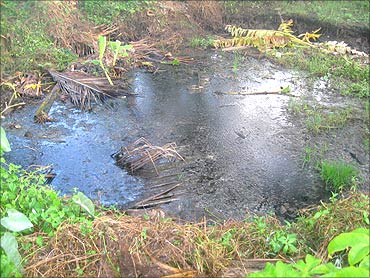
We need to take rational steps to manage water in India before it becomes an international crisis, as this will affect the nation's economy and will also lead to various water-borne diseases.
The reasons for this extreme drop rate lie mainly in the use of groundwater for irrigation, according to B M Jha, chairman of the Indian Central Ground Water Board.
The Central Ground Water Board is the apex national organisation, working under the ministry of water resources and is responsible for various activities related to exploration, development and management of groundwater resources in the country.
In the wake of the Green Revolution, irrigation of cropland in India has taken on a new dimension.
As the major reasons for the drop in the water table in the north-western part of the country, Jha cites the accompanying gradual change in the cropping pattern from wheat to paddy-grown rice, the latter being a more water intensive crop, as well as the free power or the flat power tariff for running the irrigation pump rigs.
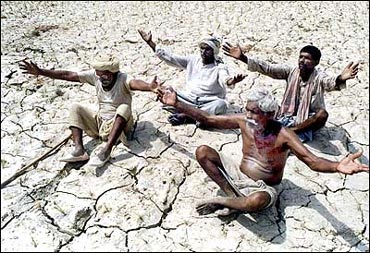
We need to take rational steps to manage water in India before it becomes an international crisis, as this will affect the nation's economy and will also lead to various water-borne diseases.
The reasons for this extreme drop rate lie mainly in the use of groundwater for irrigation, according to B M Jha, chairman of the Indian Central Ground Water Board.
The Central Ground Water Board is the apex national organisation, working under the ministry of water resources and is responsible for various activities related to exploration, development and management of groundwater resources in the country.
In the wake of the Green Revolution, irrigation of cropland in India has taken on a new dimension.
As the major reasons for the drop in the water table in the north-western part of the country, Jha cites the accompanying gradual change in the cropping pattern from wheat to paddy-grown rice, the latter being a more water intensive crop, as well as the free power or the flat power tariff for running the irrigation pump rigs.